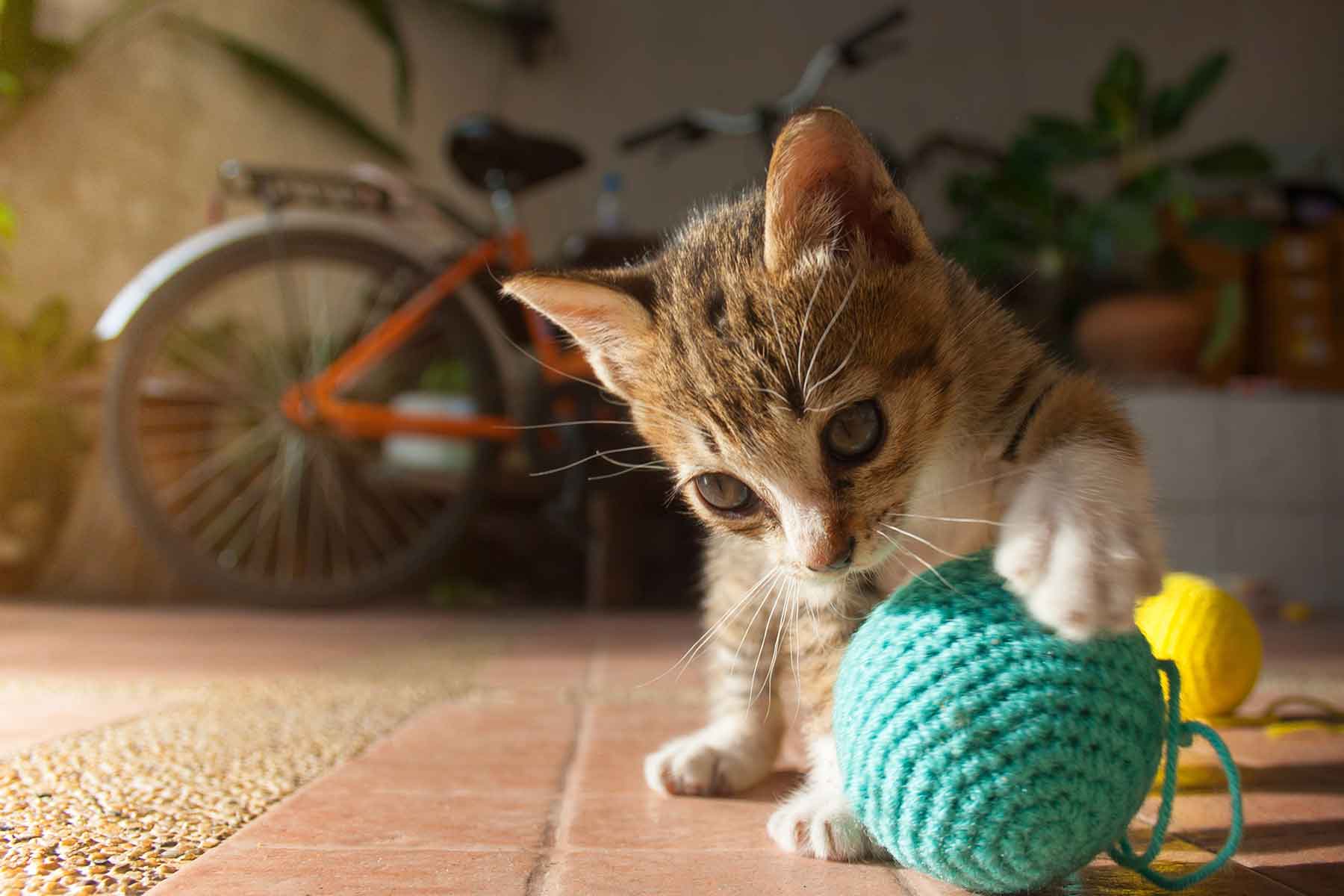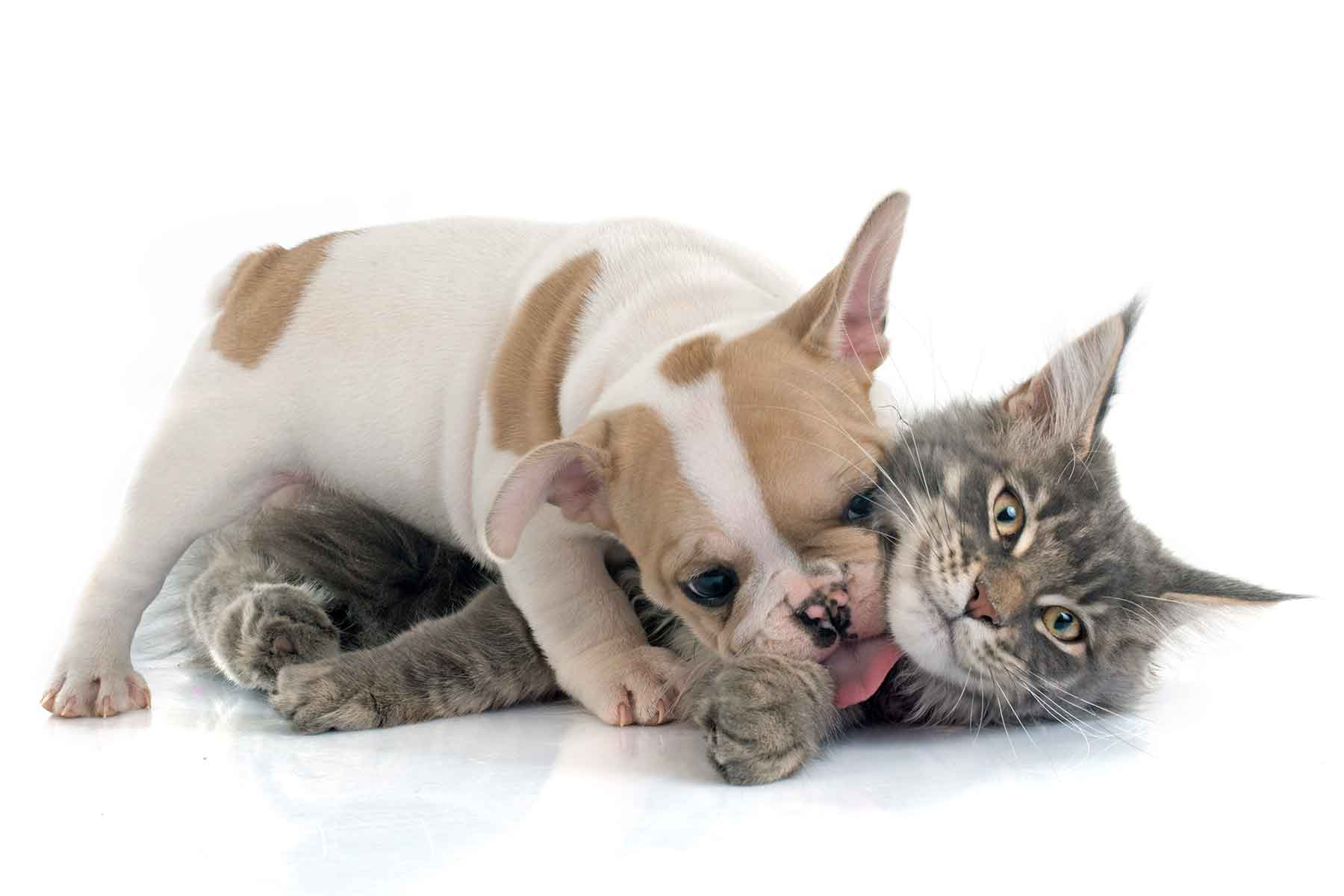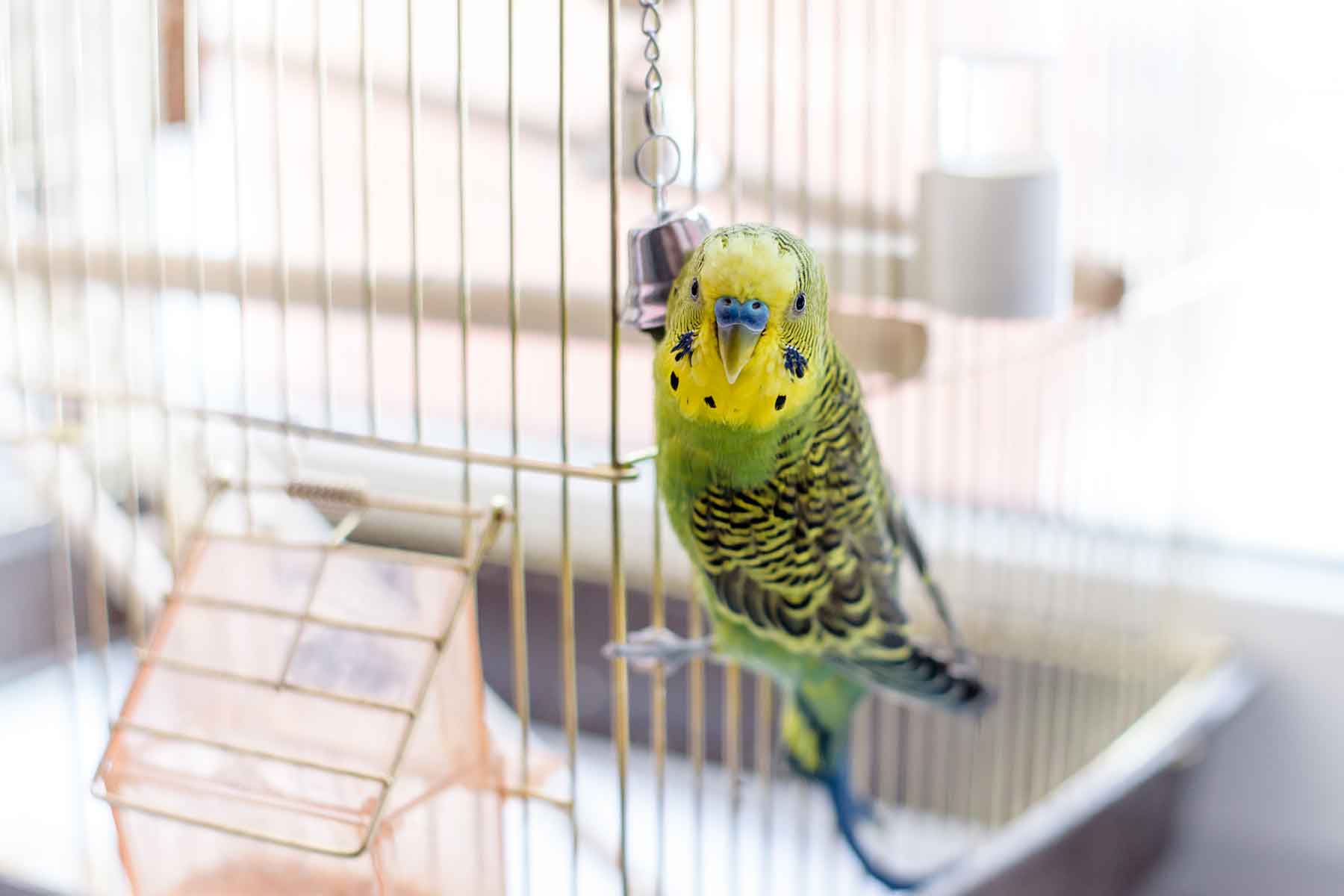In the wild, cats that appear sick or injured are vulnerable to predators. For this reason, cats often disguise the fact they are in pain. Cat pain can be caused by a variety of problems such as arthritis, abscesses, dental disease, urinary tract infections, bone disease, cancer and can occur after a surgical procedure.
As a cat owner, you are in the best position to look for the subtle changes in behaviour that may indicate your cat is suffering. The sooner your cat’s pain is diagnosed and treated, the sooner he or she can heal and resume a normal, happy life.
Here are just some of the behaviours your cat may exhibit if they are in pain. If you suspect your cat is sore please notify your veterinarian immediately.
Vocalising
- Meowing
- Purring
- Hissing
- Growling
Daily habits
- Withdraws from social interaction
- Decreased appetite
- Changes in sleeping or drinking
- Fails to use the litter box
- Urinates frequently
- Won’t groom or grooms less, looks unkempt
- Sleeps more
Self Mutilation
- Licking
- Biting
- Scratching a particular part of its body
Activity Level
- Restless
- Reluctant to move
- Has difficulty getting up from a laying position
- Repetitively gets up and lies down
- Trembles or shakes
- Limps
- Can’t leap as high
- Seeks more affection
- Avoids being petted or handled
- Hides
Posture
- Generally lays with feet underneath
- Arches back or tucks in abdomen
Facial Expression
- Grimaces, furrowed brow, vacant stare
- Glazed, wide-eyed or looks sleepy
- Enlarged pupils
- Flattened ears
- Pants when at rest
Self Protection
- Protects a part of its body
- Doesn’t put weight on a limb
- Doesn’t want to be held or picked up
Aggression
- Acts out of character
- Growls, hisses, bites
- Pins ears back
- Especially a normally friendly cat
Treating pain
Please do not try and treat pain yourself. Many forms of human pain relief are poisonous to cats – in particular ibuprofen (eg. Nurofen). Pain occurs for many different reasons and this means there are lots of different signs to indicate a cat may be in pain and numerous forms of treatment depending on the diagnosis. Your veterinarian is in the best position to recommend a diagnostic plan and treatment so your pet can remain as comfortable as possible.











